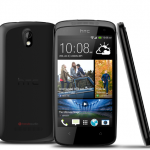LG’s 100-Inch QNED evo AI TV Redefines Big-Screen Viewing in South Africa In a bold leap forward for home entertainment, LG Electronics South Africa…
The smart TV buyer’s guide: 5 of the best

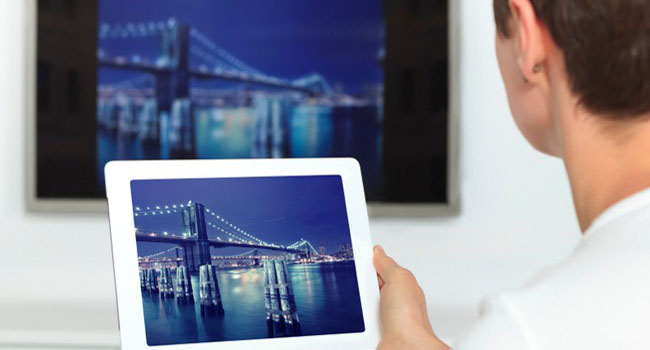
I like having a large television in my house. Perhaps it’s because I’m of an age that still remembers old school CRT-tube TVs that didn’t have remotes. I had to get out of my seat to change the channel.
Now of course I have a sizeable TV with excellent picture quality. But how did I arrive at my particular model choice? It can get rather confusing when we enter an electronics store and are faced with a variety of televisions on display, with those flashing lights and pictures getting into our heads. We can normally spot the ones with a slightly better picture quality, better colour and so on, and while yes, price is always a big factor, how do you know that spending just a little extra will really get you the best value for your money in the long run?
I’m going to make an assumption here that most people will be wanting to go for HD, so even though it might be an excellent TV, if it’s not HD it won’t be on this list. The trend in televisions is also leaning towards Smart TVs, so I’ve also keep it in that vein.
When big screen TVs became all the rage, everyone was buying plasma. Then came LCD, and then a few years later, LED was introduced, providing us with even more variety and confusion. While plasma still provides excellent quality, it’s slowly being phased out in many respects, so even though you still find plasma TVs in stores, I’m going to eliminate them from this argument for now.
In a nutshell, a standard LCD TV uses a flourescent backlight to illuminate the screen. An LED TV takes this a step further and uses light-emitting diodes instead. Not only do most LED TVs give you a better picture quality than a standard LCD TV, but they’re more energy-efficient too so you’ll use less electricity (well, that’s the theory anyway). On the down side, this more advanced technology comes at a cost as you’ll likely be paying a great deal more for the TV as well.
Following that, and in my opinion, the next equally important question you should be asking yourself if you’re shopping around for a new TV (apart from how much you’re willing to spend of course) is “what size?”. But isn’t it always?
Are you looking for a small[er] 32-inch TV for your bedroom, or are you looking for a massive 65-inch monstrosity for your entertainment area? Most of the models I’m discussing come in a multitude of sizes, so it’s likely you’ll find one to fit your needs if the cost is too prohibitive for you.
With that in mind, and if you have some cash to burn (I’m thinking big here and these babies don’t come cheap), let’s take a look at the some of the models you should investigate when shopping around for a new TV.
LG 47LM860V – (60″, 3D) US$2800/R27 000 00
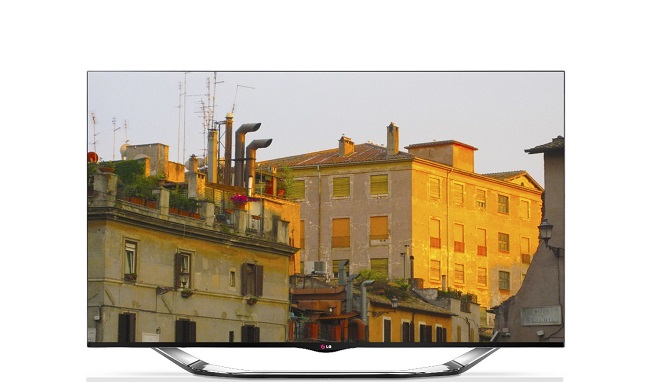
This TV gets off to a cracking good start on looks alone, with an amazingly thin frame and a beautiful metallic finish. It can play just about every multimedia format you care to think of either via a networked device or via USB, and it’s also a 3D TV that ships with five sets of (passive i.e. non-shuttering) 3D glasses which is pretty decent. I’ve been quite impressed with the LG TV’s 3D capabilities in recent years so this pleases me greatly.
As I mentioned earlier, this is a Smart TV, and in this case the SmartShare interface for the LG Smart TV is less to do with apps and more to do with networking and sharing, allowing you to access files such as videos, photos and MP3s on a networked PC or Mac, or perhaps from a USB drive or hard drive. Video streaming is popular and pretty easy to set up, so if you’ve managed to get yourself a Netflix account you’ll be very happy to know that the SmartShare interface supports it. Apps and games (in the form of Game World) are also aplenty.
The range includes multiple models as well, each of which will likely cater to a different consumer. Not all of them offer 3D and if this isn’t something you’re interested in you’ll be able to knock quite a bit off the price.
There’s 4 HDMI ports, 3 USB as well as integrated LAN and WiFi. You’ll be able to hook it up to pretty much anything.
The colour quality and brightness of this TV are definitely impressive, and it does a pretty good job of upscaling standard definition video without it looking too blurry. The local dimming system needs a bit of work as there are some inconsistencies with the black levels there that takes some fiddling to get right.
Lastly, the sound quality. It’s better than you would expect but overall if you’re looking for a full, rich sound cinema experience you’d be better off investing in a home theatre system as well.
The 47 inch model will cost you somewhere in the region of R27000.00.
Samsung UE55F8000 (55″, 3D) – US$2500/R25 000
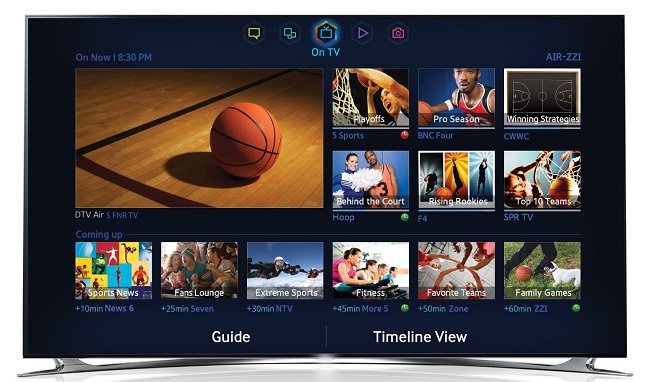
I personally love Samsung, and it’s generally my go-to brand for most things, from phones, to fridges to TVs. This particular TV is incredibly thin, perhaps one of the thinnest on the market and while the interactive features of Samsung’s new SMART TVs are cool, they’re not really practical and still need a great deal of work.
They do of course have an array of social networking features as well as Skype support which is probably the feature I like most here. A wide selection of apps are available, including Netflix.
The display of course is where Samsung generally outshines most TVs and this is no exception. It has an absolutely brilliant picture that is bright and clear, with excellent black levels, amazing colour range and accuracy.
This is also a 3D TV, and the motion is incredibly clean and comfortable to watch and you don’t feel as if you have compromised in any way by switching from 2D to 3D as is so often the case with previous generation 3D TVs.
Something I love apart from the design, which is always sleek and beautiful, is the upgradeable hardware option, which means that you might be paying through the nose now, but you’ll get a bit more life out of your TV by being able to upgrade its firmware.
4 HDMI ports and 3 USB’s seems to be fairly standard now, as well as the integrated WiFi and ethernet port, also supporting a wide array of file formats. Streaming from a networked PC is also possible, and if your Android phone is compatible, you can even stream video from your TV to your tablet or phone.
All TVs have cons, no matter how wonderful they are and in this case it’s the slight light bleed from the edges and the fact that with the crisp display, low resolution files will look even worse than usual.
The speakers are not going to give you the same kind of performance you’d find from a home theatre system but they’re decent enough if you no longer have the cash to buy one after purchasing this baby.
I’m referring to the 55 inch model in this case, but you’ll find that this comes in a range of sizes – apparently they all offer much the same in terms of performance, so it’s up to you to decide how deep your pockets are. As for this model you’re probably looking at somewhere in the region of US$3500 (R35 000) and up, clocking in as one of the most expensive TVs in this list, but it really is a beautiful experience and it’s easy to justify every penny spent.
Sony KDL-55W905A – (55″, 3D) – US$2300/R23 000

Sony is well known for its picture quality and this model is no exception. This particular model introduces Sony’s Triluminos innovation, which attempts to deliver a wider colour range by placing green and red “quantum dot” colour filters onto the LED lights arrayed around the edge of the image. Apparently this means that the blue light from the LEDs creates the colour blue in the image and then energizes the red and green dots to give the entire RGB spectrum.
Or something like that.
Another super slim design, this 55-inch TV has deep black, bright whites, and an excellent refresh rate and yes, the colour technology is indeed a massive improvement. It has 4 HDMI inputs, 2 composite inputs, 2 PC inputs, 2 USB connectors, and an Ethernet port which means you have the option of connecting pretty much anything you want to this TV without having to use an HDMI splitter.
Aspect ratio is a pretty standard 16:9 for widescreen viewing, and the resolution is an expected 1080p. The Reality Creation system is one of the best in the business for boosting sharpness, particularly when it comes to SD footage enhancement.
Another 3D TV, the playback is on the whole rather good. There’s a bit more crosstalk than with some of the other 3D TVs but it’s not distracting enough to stop from being an enjoyable experience overall.
The only other complaint is the viewing angle, which can start to cloud if you move too far to either side. If you’ve considered the layout of your room carefully then this might not be an issue, but it’s something to take into consideration.
The Smart TV functionality, much like the other models I’ve discussed also has a range of streaming platforms, as well as social media functionality from Facebook and Twitter, to YouTube and Skype. The apps aren’t nearly as numerous as Samsung’s but I guess you probably won’t use half the Samsung ones anyway.
The sound quality is also quite excellent, even coming from inbuilt speakers which is quite impressive when you consider that most other TVs such as this aren’t on the same level for audio.
Quality like this however doesn’t come cheap, and you’re probably looking somewhere in the region of US$3700 (R37 000) for a TV like this. That said, if you have the money to spend…
Panasonic TX-L55ET60 – (55″, 3D) US$2000 / R20 000
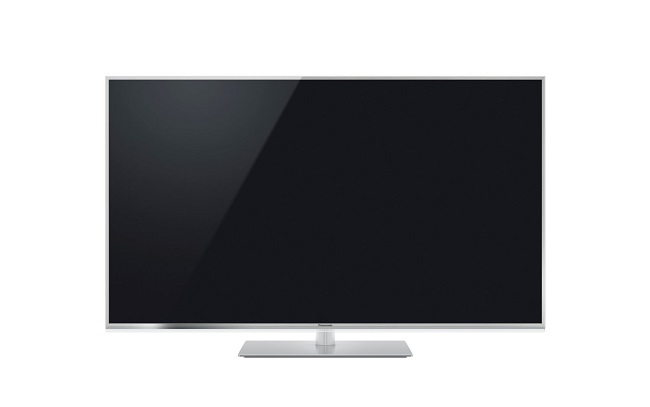
This is apparently Panasonic’s mid-range model although looks-wise you wouldn’t think so as it has a beautiful silver metallic finish. It unfortunately only comes with 3 HDMIs and 2 USBs, but there is also integrated WiFi and an SD card slot as well as a VGA port.
Panasonic’s Smart TV system is called Viera Connect, and has most of what seem to be the standard features, like video streaming and social networking, but the user interface is incredibly impressive and intuitive.
Picture quality is very good, however the brightness levels can become a little too intense at times making the displayed content to appear unnatural. Conversion of SD to HD is handled particularly well with this model and the Panasonic’s strongest feature has to be its 3D playback, with almost no crosstalk or ghosting. This delivers a crisp and clear picture.
The black levels are unfortunately where this TV falls short, as they are not quite as rich as some of its rivals, making them less black and more grey which is disappointing. That said, it will probably not worry most viewers who aren’t looking for a cinematic, lights down experience, but for those who are, the lack of intense black will be an issue. Gamers will likely also not want to go with this TV as the lag reading is high enough to worry players to whom timing is everything.
The sound levels are fairly decent, perhaps not wonderful with action scenes and lower notes, but on average it’s not bad overall.
The price tag is also a lot friendlier to many consumers (comparatively anyway), closer to R20 000 and it delivers excellent performance for most viewers.
Toshiba 47WL968 (47″, 3D) – US$1800 / R18 000
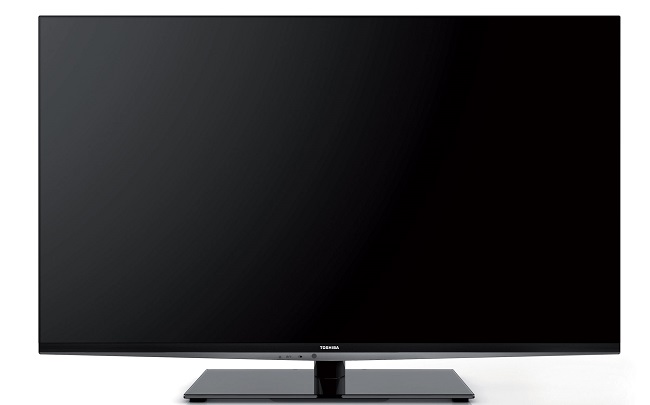
Lastly, the Toshiba. Each of the TVs we’ve looked at have certain key features that set them apart, and with the Toshiba it’s the “3D Natural” technology.
The picture quality with the Resolution+ feature is pretty darn impressive with good contrast and colour depth. The ClearScan feature is exceptional, and with this turned on, you get an almost plasma-like quality, making your content look incredibly smooth and real.
Make sure Resolution+ is turned on whenever you’re watching in 3D, which incidentally uses polarised glasses such as those you might use in a cinema, since this is where you’ll see a completely new level of detail (that is pretty darn amazing). On occasion, you might find a few motion artifacts, but it isn’t enough to detract from an otherwise awesome experience.
The Smart TV system is called Places, and while it’s a silly name it offers all the standard streaming and social networking features we’ve now come to expect from these platforms. There isn’t a wide selection of apps, but my argument is always, how often do you actually use these?
It also offers WiDi. No that’s not a typo, I’m referring to Wireless Display, whereby WiDi capable notebooks and laptops can connect wirelessly to the display without any cables. 4 HDMI ports, 2 USBs, RGB, optical audio, wired LAN, component video and headphone slots are all available.
The sound quality isn’t amazing, but it’s not terrible, and again if you’re going to connect to a home theater system then focus on the pros of this TV, rather than concentrating on this flaw.
This 47 inch model comes in at US$1800 (R18 000), the most reasonable price of them all. Particularly when placed next to its competitors. If you want to upscale to the slightly bigger 55-inch, you’re looking somewhere in the region of US$2500 (R25 000).
